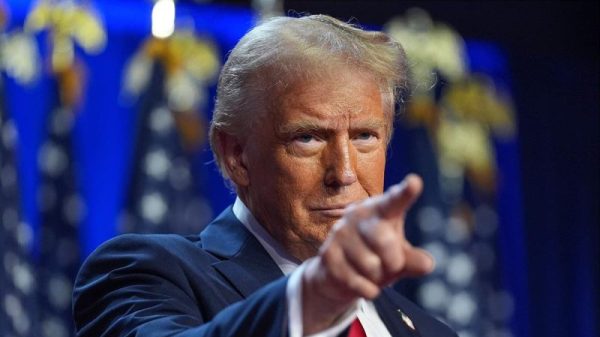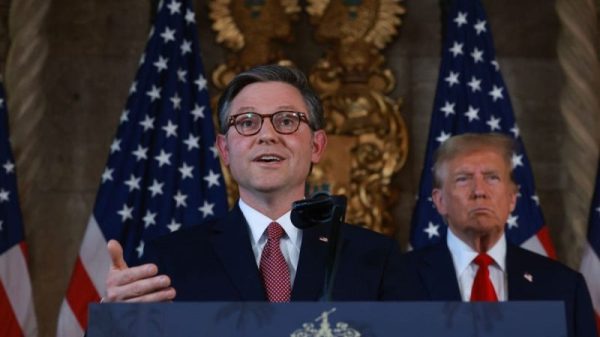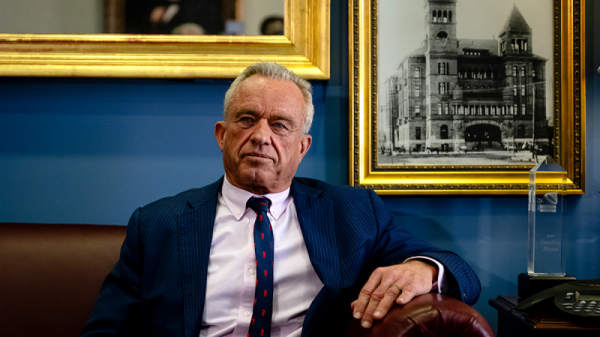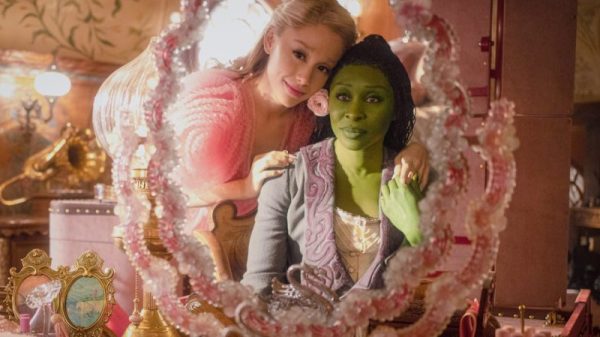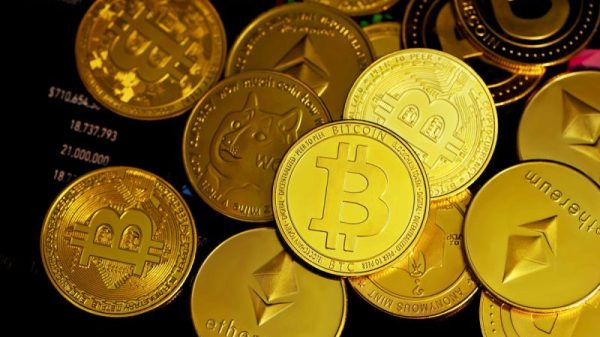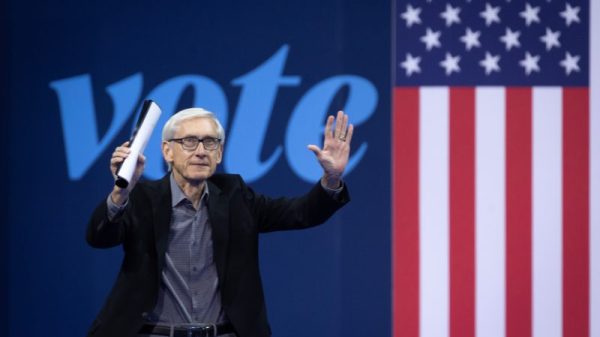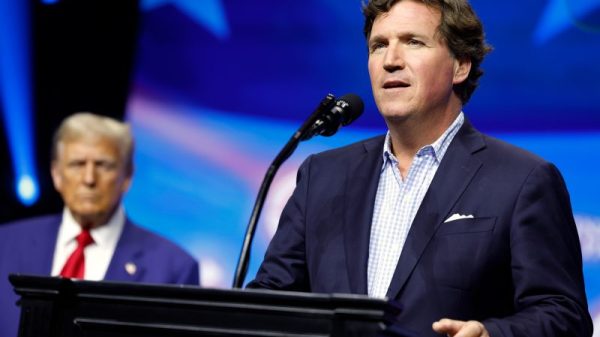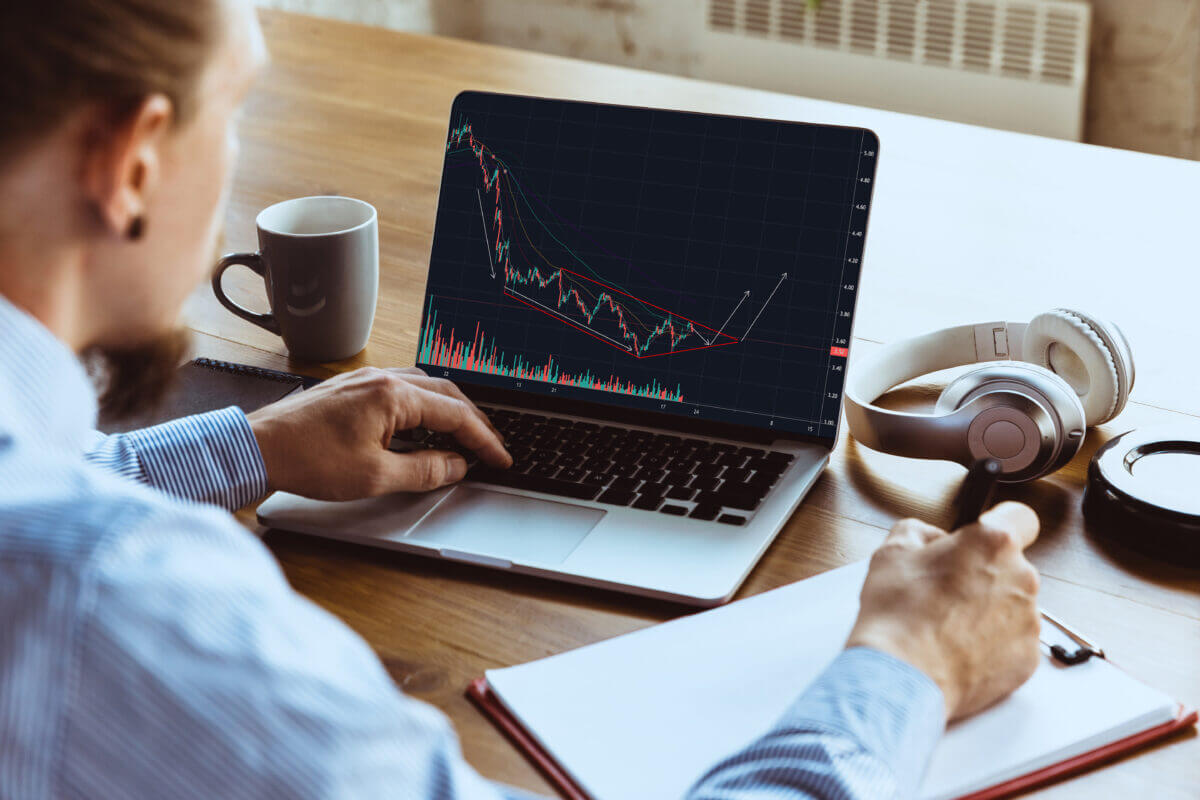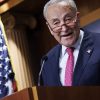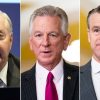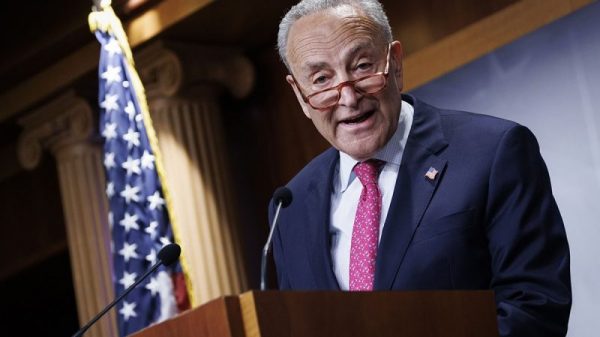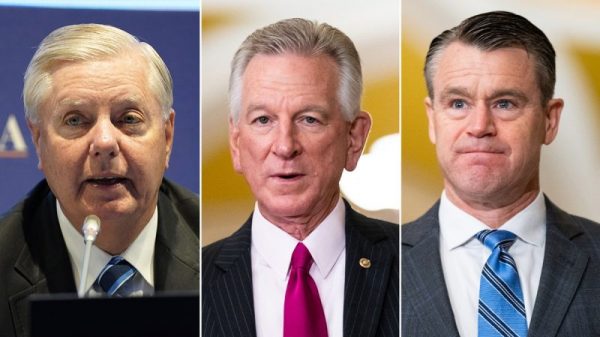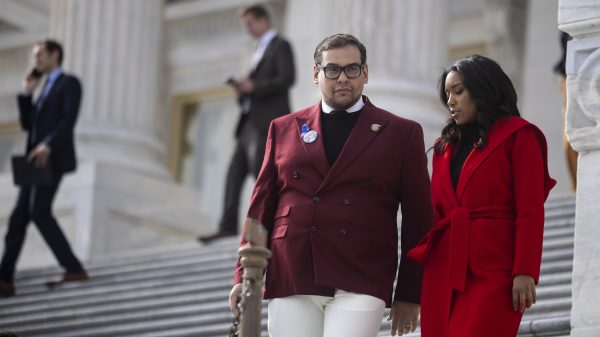Evolution of Forex Trading: Ancient Times to Digital Age
Forex trading, or foreign exchange trading, has a rich history that dates back centuries. What began as a rudimentary system of bartering has evolved into a sophisticated global marketplace. Let’s embark on a journey through time to explore the captivating history of forex trading, filled with intriguing facts, pivotal moments, and insightful analysis.
First Coins in 600 BCE: Laying Forex Foundations
Forex trading’s roots can be traced back to ancient civilizations, where goods were exchanged through bartering. Around 600 BCE, the Lydians, an ancient Anatolian people, introduced the first known coins, which revolutionized trade. These coins, made from electrum, a naturally occurring alloy of gold and silver, enabled more standardized and efficient transactions, laying the groundwork for currency trading. The shift from bartering to coinage marked a significant leap in economic systems, allowing for more complex and long-distance trade. This innovation paved the way for the currency valuation and exchange rates we rely on today.
Medieval Forex Trading: Rise of Money Changers and Medici
During the Middle Ages, money changers emerged as key players in commerce. These early forex traders facilitated trade across different regions, converting currencies for merchants and travellers. The Medici family of Italy, one of the most influential banking families of the time, established a network of banks that dealt with currency exchange, setting the stage for modern banking and forex trading practices. Money changers operated in bustling marketplaces and trade fairs, where the exchange of foreign currencies became essential for international commerce. Their work ensured that economic activity could flow smoothly across regions with different monetary systems, a precursor to today’s forex brokers.
19th Century: Gold Standard Brings Trade Stability
The 19th century saw the advent of the gold standard, a system where currencies were directly linked to gold. This era brought stability and predictability to international trade, as exchange rates were fixed based on the amount of gold each currency represented. The gold standard facilitated the growth of global trade and investment, making forex trading more structured and formalized. Nations adopted this system to foster economic stability, reducing the risks of fluctuating currency values. However, the reliance on gold reserves also meant that countries had to carefully manage their gold supplies carefully, influencing their economic policies and international relations.
Bretton Woods Agreement: Forex Turning Point in 1944
The period following World War II was a pivotal moment in the history of foreign exchange. The Bretton Woods Agreement drove this transformation in 1944, which introduced a new international monetary framework. Under this system, major currencies were tied to the US dollar, which was convertible to gold. This led to the creation of the International Monetary Fund (IMF) and the World Bank, organizations established to oversee the system with the aim of ensuring stability and promoting economic growth.
The Bretton Woods system provided a stable framework for rebuilding war-torn economies. It also promoted global trade. However, it placed significant pressure on the US dollar. As other countries accumulated large reserves of the currency, imbalances emerged. Eventually, these imbalances necessitated a shift to a more flexible exchange rate system.
Free-Floating Era Begins in 1971: Nixon’s Decision
In 1971, President Richard Nixon ended the US dollar’s convertibility to gold, effectively dismantling the Bretton Woods system. This led to the era of floating exchange rates, where market forces determined currency values. The flexibility of this system allowed for greater currency speculation and the growth of the forex market as traders sought to profit from fluctuations in exchange rates. The transition to floating rates marked a new chapter in forex trading, introducing higher volatility and opportunities for traders to capitalize on rapid market movements. Governments and central banks had to adapt to this new environment, using monetary policy tools to influence exchange rates and maintain economic stability.
The Digital Revolution: Forex Trading Goes Online
The 1990s witnessed the digital revolution, transforming the forex market. The advent of the internet and electronic trading platforms democratized forex trading, making it accessible to individual traders and investors. Online brokers provided real-time access to currency markets, enabling faster and more efficient trading. This period saw exponential growth in forex trading volumes, with daily turnover reaching trillions of dollars. The rise of online trading platforms eliminated many barriers to entry, allowing retail investors to participate alongside institutional players. This democratization of forex trading brought increased liquidity and competition to the market and new challenges in regulation and security.
The Rise of Algorithmic Trading: Machines Take Over
The 21st century brought further innovation with the rise of algorithmic trading. Advanced computer algorithms and artificial intelligence (AI) began to dominate forex trading, executing trades at lightning speed based on complex mathematical models. Algorithmic trading improved market efficiency and liquidity but also introduced new challenges, such as flash crashes and increased volatility. These algorithms analyze vast amounts of data to identify trading opportunities, making decisions in microseconds that humans could never match. While algorithmic trading has enhanced market dynamics, it has also led to debates about market fairness and the role of human traders in an increasingly automated environment.
Forex Today: A Global Powerhouse
Today, the forex market is the world’s largest and most liquid financial market. Its daily trading volume exceeds $6 trillion. The market operates 24 hours a day, five days a week. Major financial centres like London, New York, Tokyo, and Sydney facilitate this continuous operation.
Due to its size and constant activity, the forex market is vital to the global economy. It influences everything from international trade to monetary policy. Moreover, the forex market’s round-the-clock nature allows for seamless transactions. Geopolitical events, economic data releases, and central bank policies drive market movements. The sheer scale and liquidity of the forex market ensure that currency prices reflect the collective actions and sentiments of millions of participants worldwide.
Key Players: Central Banks to Individual Traders
The forex market comprises a diverse array of participants, including central banks, commercial banks, hedge funds, corporations, and individual traders. Each player has unique motivations, from hedging against currency risk to speculating for profit. The primary instruments traded in the forex market include spot transactions, forward contracts, and options, each offering different opportunities and risks. Central banks, for instance, engage in forex trading to stabilize their national currencies and manage foreign reserves. Meanwhile, hedge funds and individual traders seek to capitalize on price fluctuations, using various strategies and leveraging advanced trading tools to achieve their financial goals.
Upcoming Forex Trends: AI and Blockchain Impact
Looking ahead, several trends are likely to shape the future of forex trading. The continued development of AI and machine learning will further enhance algorithmic trading capabilities, potentially increasing market efficiency. Cryptocurrencies and blockchain technology may also impact forex trading, offering new ways to transfer and exchange value. Regulatory changes and geopolitical events will remain crucial factors influencing market dynamics and trading strategies. As technology evolves, traders will have access to more sophisticated tools and data analytics, enabling more informed decision-making. However, the increasing market complexity also necessitates robust risk management and a deep understanding of the underlying economic and political forces at play.
The history of forex trading is a testament to human ingenuity and adaptability. The forex market has continuously evolved from ancient bartering to digital algorithms, reflecting broader economic and technological changes. When it comes to the future, one thing is certain: forex trading will remain a dynamic and exciting arena, offering endless opportunities for those willing to navigate its complexities. So, whether you’re a seasoned trader or a curious newcomer, the fascinating forex trading journey is sure to captivate and inspire. Understanding the historical context and anticipating future trends can provide valuable insights and a competitive edge in this ever-evolving market. Happy trading!
The post Evolution of Forex Trading: Ancient Times to Digital Age appeared first on FinanceBrokerage.

